Acute Anterior Dislocation
Epidemiology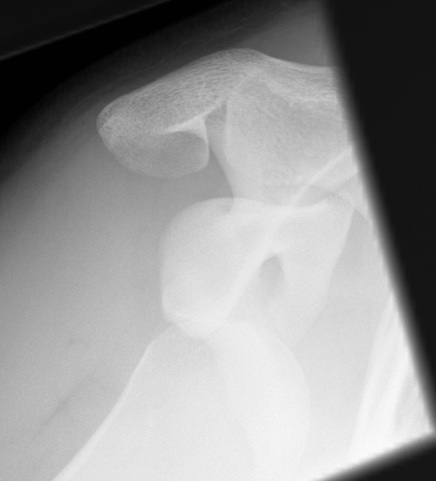
Most common form of shoulder instability
- young males
- M:F = 2:1
Aetiology
Indirect ER and abduction moment on arm
- disruption of anterior stabilisers
History
Initial injury
- severe pain in shoulder

Most common form of shoulder instability
- young males
- M:F = 2:1
Indirect ER and abduction moment on arm
- disruption of anterior stabilisers
Initial injury
- severe pain in shoulder
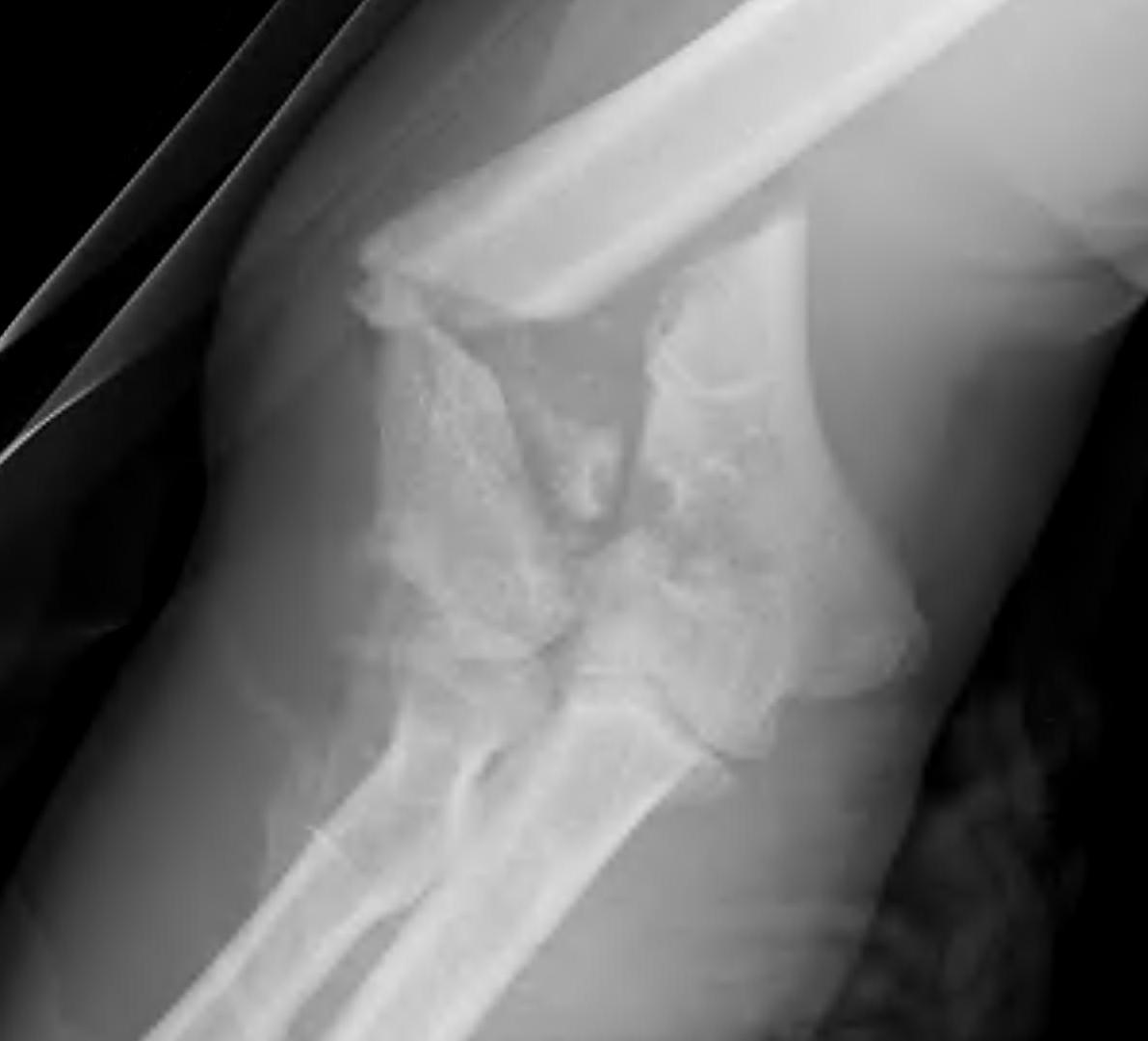
2 groups
- young patient with high velocity injury
- older patient with comminuted, osteoporotic fracture
In the second group fixation can be very difficult
Hinged Joint
- trochlea axis is centre of rotation
- 40o anterior angulation in sagittal plane
Adolescents & young adults
Usually between 12 - 21 years
Throwing athletes / gymnasts
Little Leaguer's Elbow
- combination of capitellar OCD and MCL injury
- a repetitive throwing injury / seen in pitchers
1. Trauma & Overuse
Common throwing sports / gymnastics
Lateral : Medial 9:1
4th & 5th decades
- M = F
- 75% dominant arm
50% of regular tennis players
- especially > 2 hrs / week
Insertion pathology / Enthesopathy
Over-extension of the elbow with supination / pronation
Lateral epicondyle
- anconeus from posterior face
- ECRB and EDC from anterior face (CEO)
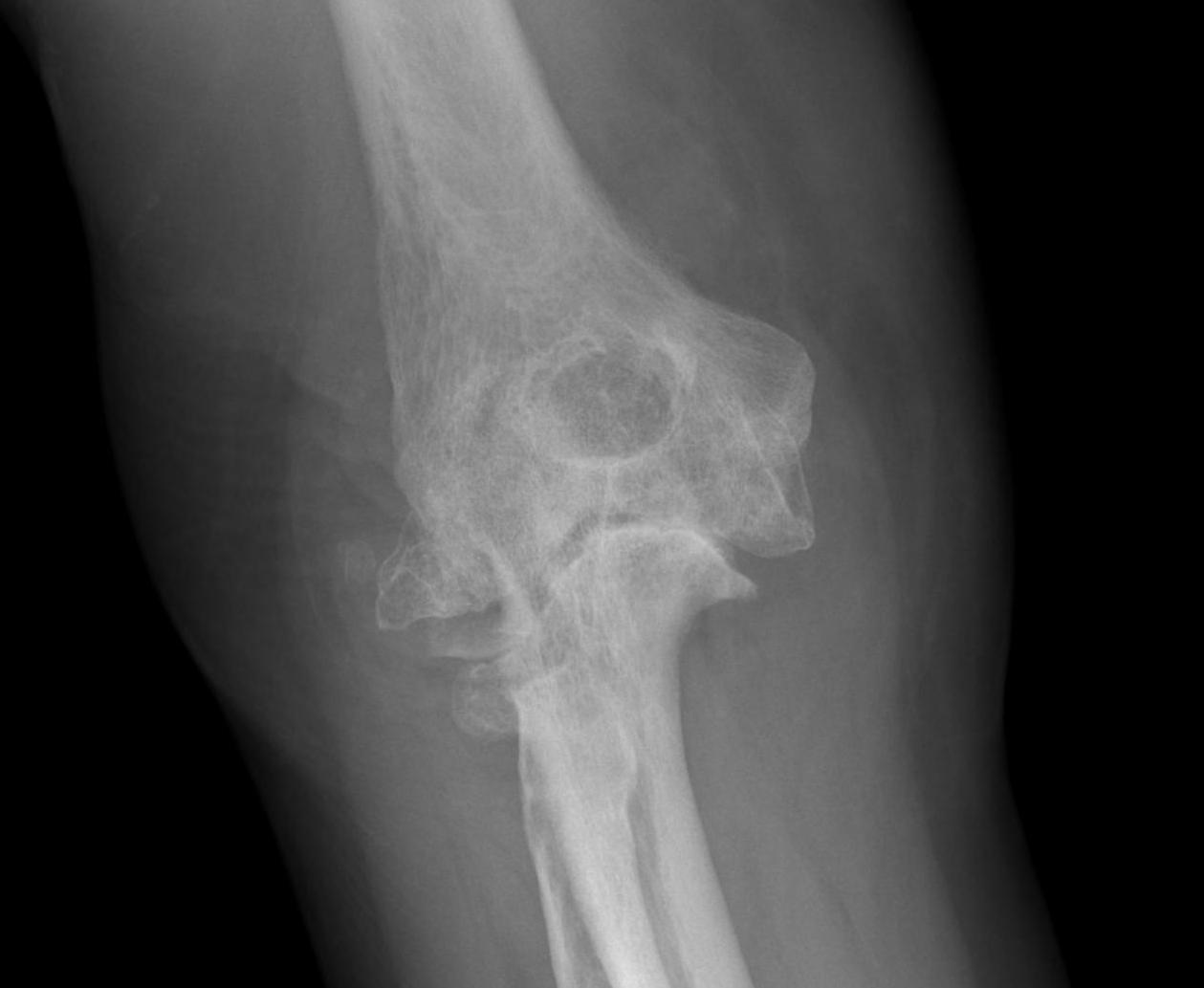
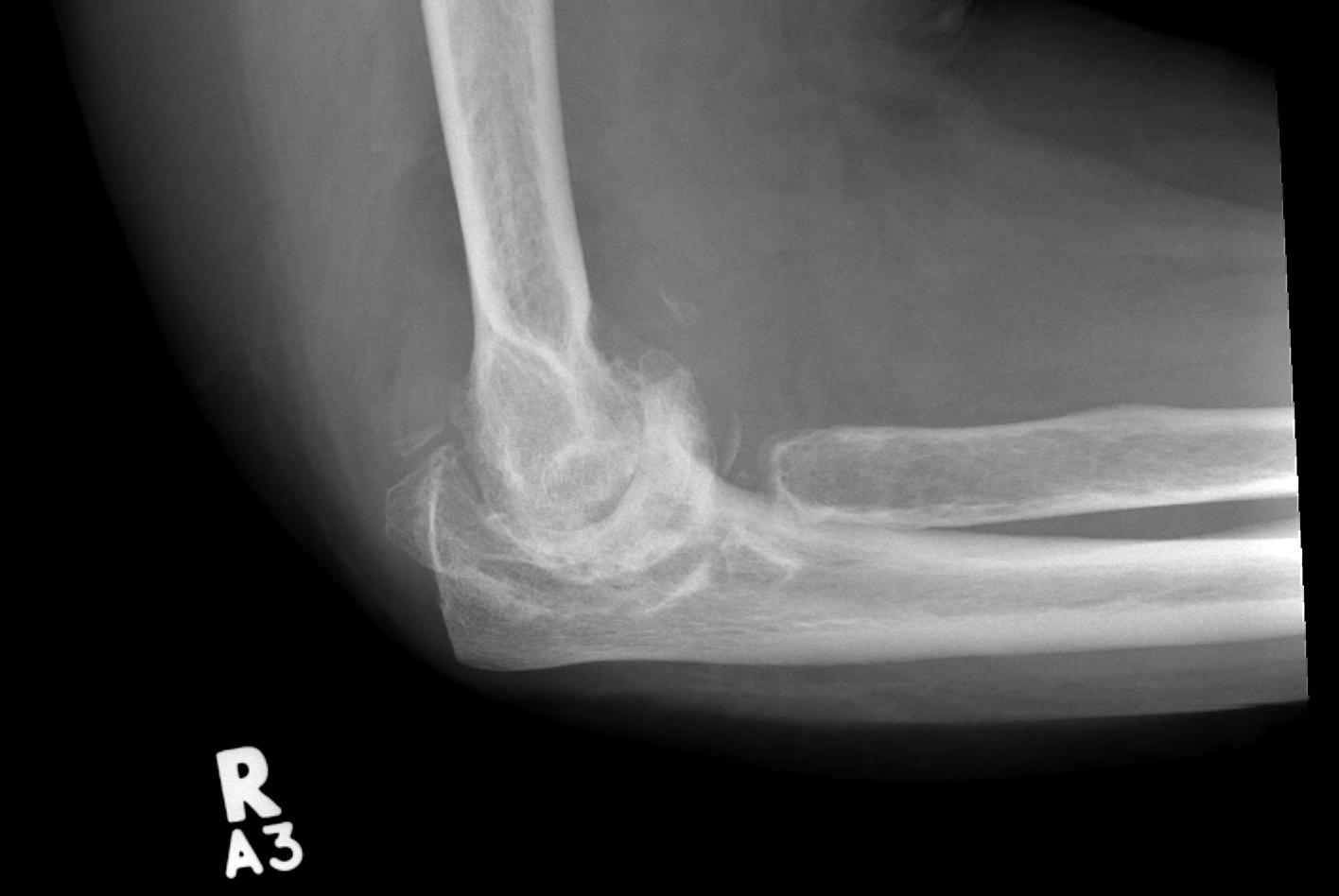
50% rheumatoid patients have elbow pathology
- 80% also have shoulder pathology
- 90% hand and wrist
Always consider entire upper limb
Relatively rare
Average age 50
Men 4:1 Women
Usually dominant arm
Primary
- associated with strenuous manual labour
Secondary
- trauma
- OCD
- synovial chondromatosis
- valgus extension overload / MCL insufficiency
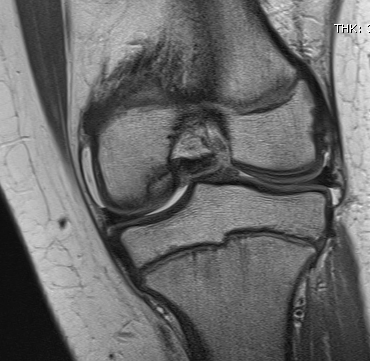
Osteochondritis Dissecans
- separation of avascular fragment of bone & cartilage
M : F = 2:1
Mean age 18 years
- can present as young as 9
4:1000
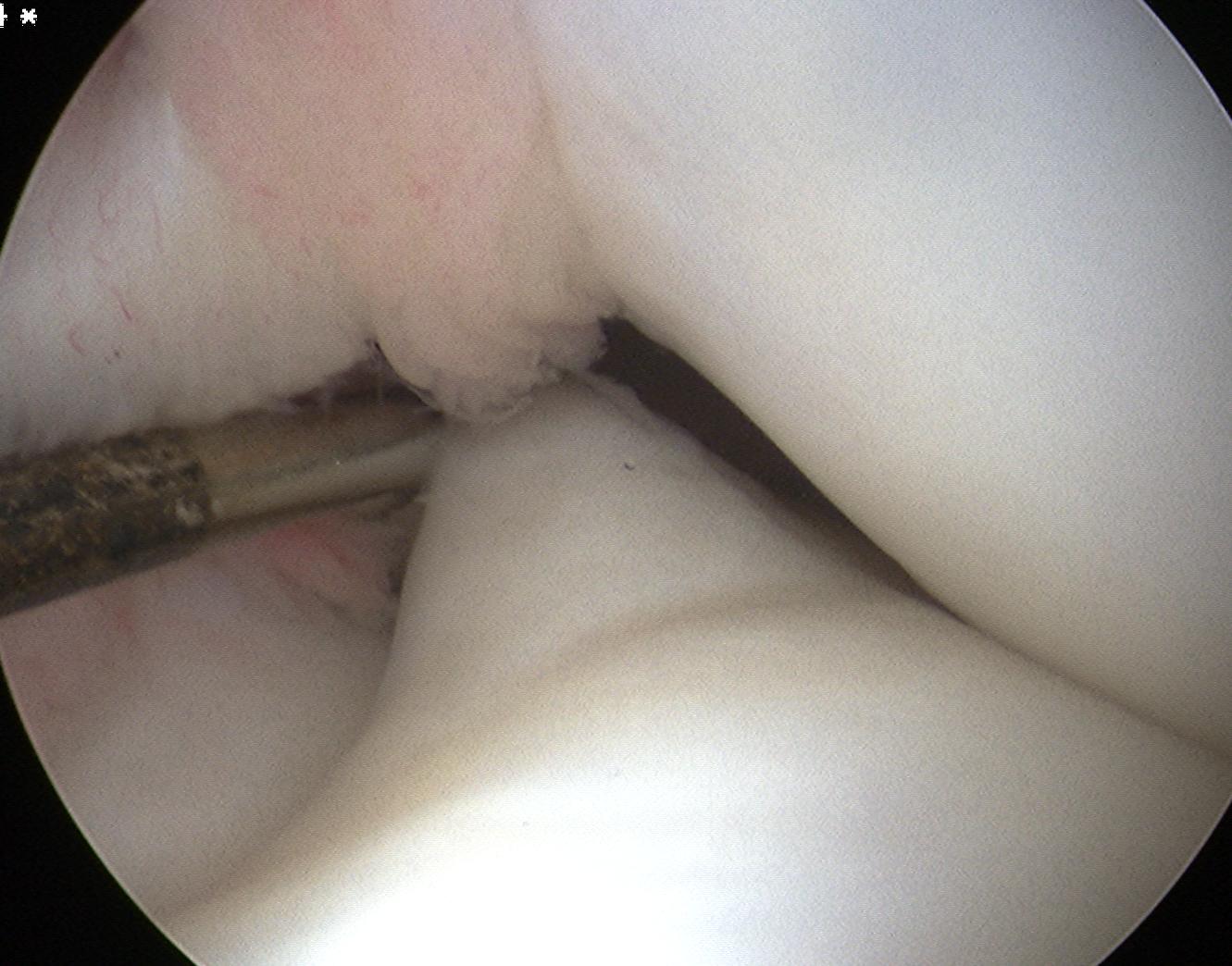
Round or "D" shaped rather than crescenteric meniscus
- occupies > 70% of tibial surface
- 90% occur on lateral side
Uncommon
- 1:100
- usually presents in children & adolescents
Average age 6 years
20% distal humeral fracture
- second most common elbow fracture after supracondylar
Pull Off
- more common
- fracture begins posterolateral metaphysis
- LCL, ECRL & ECRB attached to fragment
Push off
- varus force to extended EJ
Any act or failure to act that
- results in or potentially results in harm / death / physical / emotional / sexual abuse
- by a parent or caretaker who is responsible for the child
Neglect
Physical (punch / kick / bite / burn / shake)
Sexual
Emotional